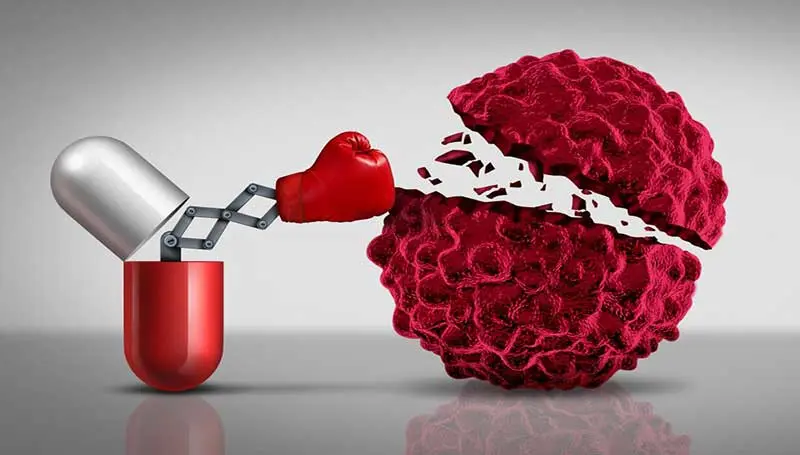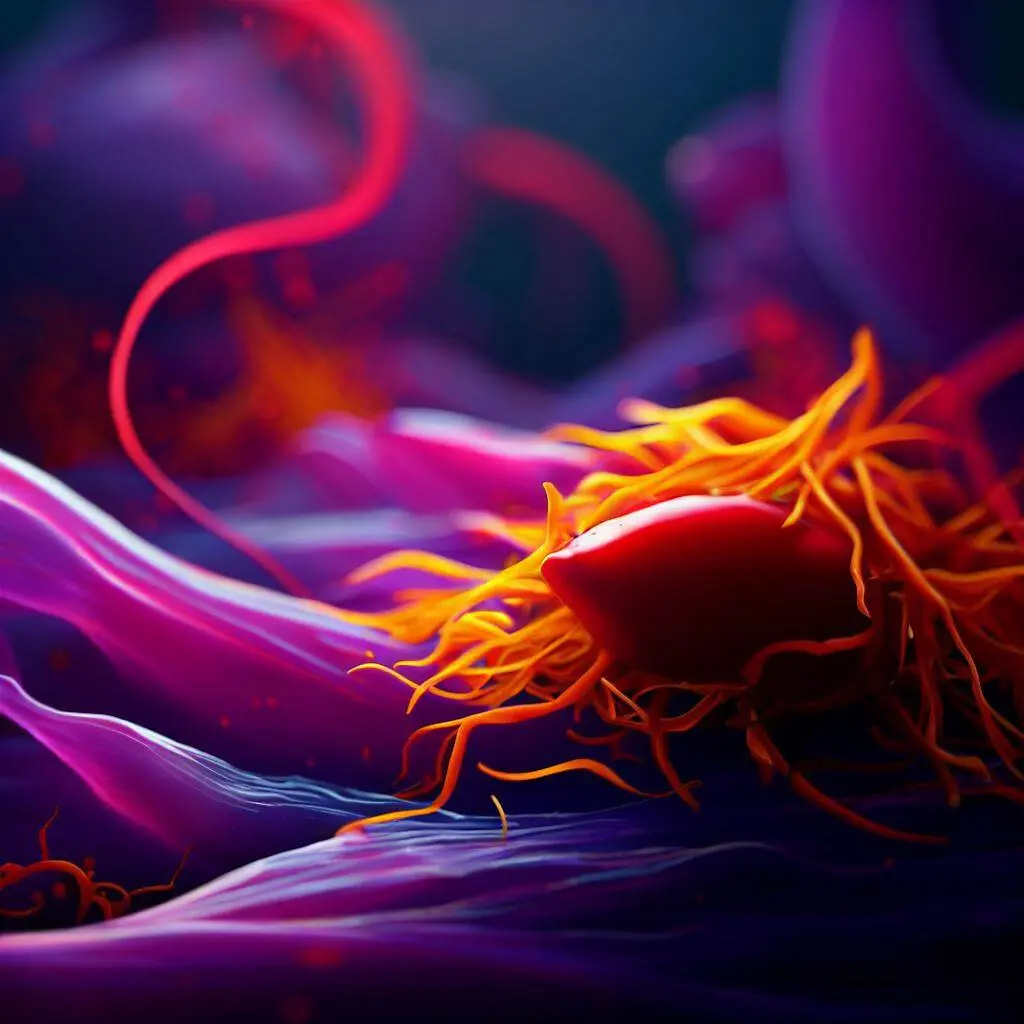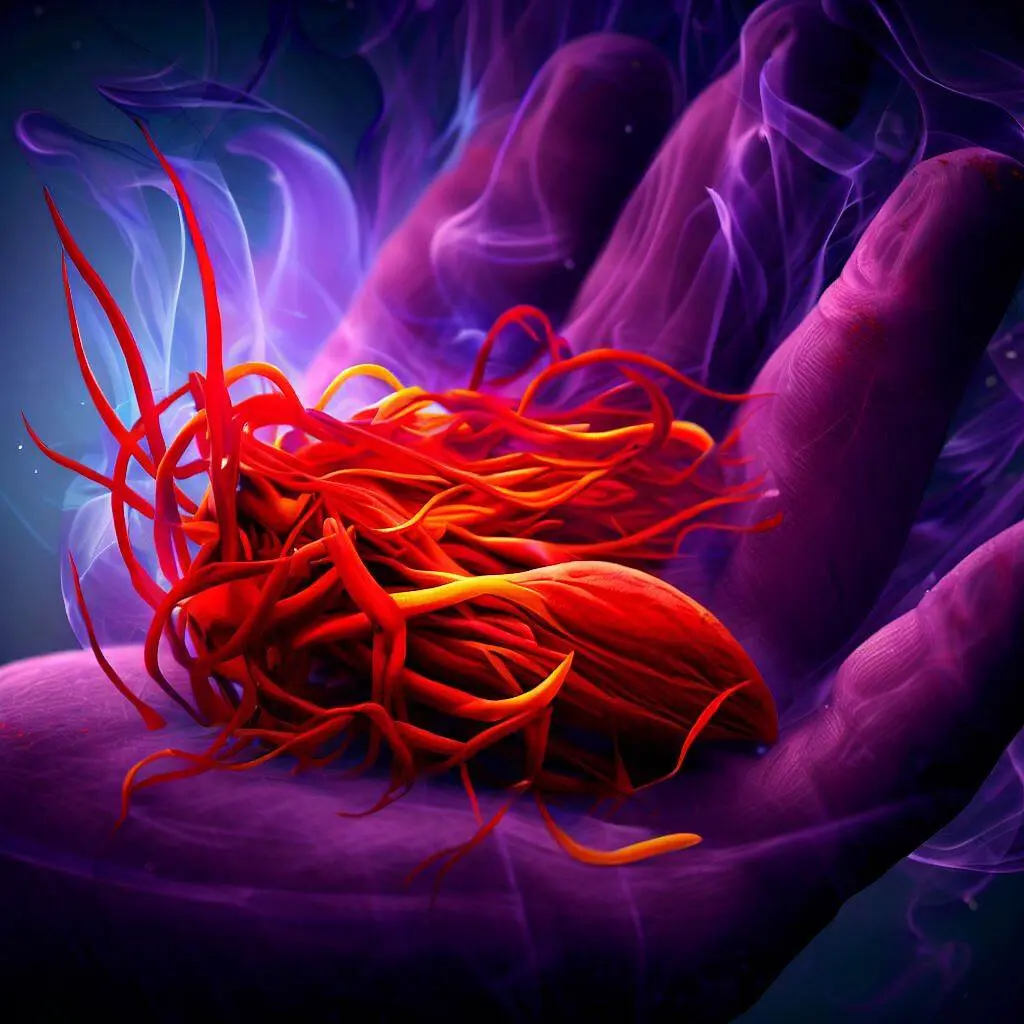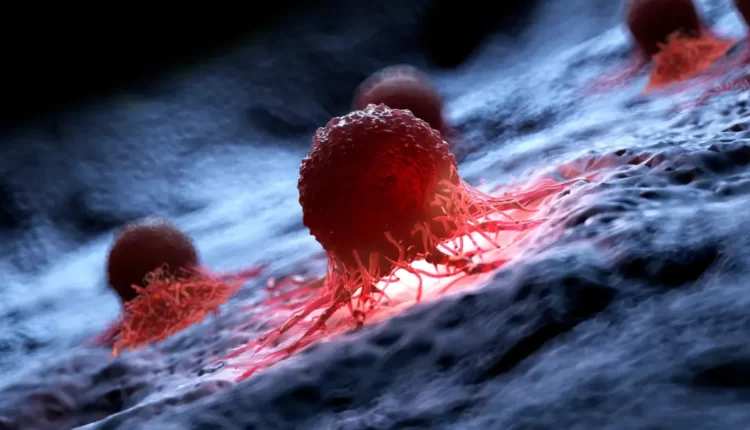Cancer, as one of the major causes of death worldwide, is recognized as a disease that instills the greatest fear in those affected by it, and its prevalence is increasing in both developing and developed countries. Reports indicate that more than 8 million people are added annually to cancer patients worldwide.
Changes in cancer patterns have occurred due to phenomena such as migration, which has reduced the role of genetics in observed differences between different communities.
Factors such as widespread geography, developing economies, aging populations, Western lifestyle trends, serious environmental pollution, uncontrollable infections affecting cancer, rapid population growth, and others have contributed to the rapid increase in the incidence of various types of cancer in different countries.
Research has shown that most types of cancer can be prevented or halted through lifestyle and environmental changes, including adherence to a proper diet.

Decades of efforts to overcome diseases such as cancer have led to a focus on using safer and more effective drugs and accessible natural substances, including vegetables, fruits, medicinal plants, and spices.
This approach is recognized as one of the important strategies in cancer prevention in the present era. Among spices, saffron has attracted significant interest and attention for reasons such as laboratory experiments and its compounds’ diverse properties and applications.
Tested samples have demonstrated the preventive activities of saffron and its raw materials in halting cancer and inhibiting the growth of tumours and cancer cells.
Saffron has always been regarded as an extraordinary herbal remedy. Iranians have believed in the remarkable powers of pure saffron as an antioxidant, anti-depressant, anti-Alzheimer’s, anti-cancer, and vision enhancer.
Dried saffron stigma, known as the most expensive traditional spice worldwide, has received significant attention. The compounds present in the saffron stigma are the reasons for the numerous properties of saffron, especially in treating various diseases. These compounds include three components:
- Crocin (responsible for its high solubility) and crocetin (which gives saffron its distinct colour).
- Picrocrocin (which contributes to its bitter taste).
- Safranal (which is responsible for its unique aroma).

Extensive research has been conducted to investigate the effects of saffron and its active compounds in the prevention and treatment of various types of cancer. However, the exact mechanism and action mode have yet to be identified. Some of these studies have reported that the effective compounds present in saffron have also been extracted from other sources. In other studies, saffron has been used as a component of herbal medicines or a primary ingredient in cancer treatment.
The use of saffron in the treatment of various types of cancer, including stomach cancer, colorectal cancer, liver cancer, esophageal cancer, prostate cancer, breast cancer, cervical and ovarian
The effects of saffron on cancer
With its numerous properties, Saffron can prevent various diseases and even reduce their proliferation rate. One of the most common causes of mortality in modern societies is cancer, which has a significant prevalence globally, including in Iran.
Scientists and researchers have found that saffron can significantly impact cancer. Furthermore, studies conducted on saffron, a native plant in the Khorasan region, have shown that saffron stigma has anti-tumour properties, some of which have been tested on various macro-molecular, cellular, and animal models. In traditional medicine, saffron has been used as a medicinal compound to treat various diseases such as hypertension, diabetes, and cancer.
Based on necessary evaluations in modern medicine, it has been concluded that saffron and its secondary metabolites can produce complementary drugs for treating various human cancers.
Saffron stigma can specifically prevent the progression of cancer cells, reduce their growth rate to normal levels, and inhibit the proliferation of these types of cancer cells. The main metabolites of saffron stigma include monoterpene aldehydes and carotenoids, with more antioxidant, anti-cancer, and anti-mutagenic properties than other compounds.
Most physicians recommend that their patients use saffron-derived anti-tumour drugs as complementary, safe, and promising treatments for various types of cancer. Further applications of saffron in this field can be discovered in the future.
The miraculous properties of saffron
The miraculous properties of saffron can be highlighted as follows:
- Saffron is a powerful antioxidant
- Improvement of mood and reduction of depressive symptoms
- Anti-cancer properties
- Reduction of premenstrual syndrome symptoms
- Appetite suppression and assistance in weight loss
- Reduction of cardiovascular diseases
- Blood sugar reduction
- Improvement of vision
- Enhancement of memory in adults and reduction of the risk of Alzheimer’s disease
- Compatibility with all tastes

Therapeutic properties of Saffron in different cultures
Due to its taste and aroma, Saffron can have various applications, including culinary, food, chemical, and pharmaceutical uses. This highly potent plant is considered one of the world’s most expensive and valuable spices and has been used in traditional medicine for many years.
To fully benefit from its properties, it is important to use high-quality Saffron, which can be obtained from reputable brands. In Chinese medicine, Saffron is known as Fan Hong Hua and has a history of several thousand years. The dried stigma of this plant is used as a treatment for various diseases in Arab, Indian, and Chinese cultures. Furthermore, in Western countries, the properties of Saffron are fully utilized. During the time of Galen and Hippocrates, this plant was used to combat colds, coughs, insomnia, and even heart diseases.
However, modern science has advanced to the extent that researchers believe Saffron can effectively prevent, treat, and even combat cancer.
What are the effects of saffron on cancer?
With advances in science, researchers have found that high-quality saffron can have special activity in controlling cancers such as lung, breast, and pancreatic cancer. One of the properties of saffron is its ability to prevent cancer cell progression without interfering with healthy cells’ growth.
Saffron contains over 150 chemical compounds, among which carotenoids like crocetin are key cancer-prevention agents. Crocetin, a type of carotenoid responsible for the yellow colour in saffron, affects the four-fold functions of cancer cells. These four functions of saffron in the body are as follows:
- Inhibiting the synthesis of nucleic acids in the body.
- Strengthening the antioxidant system and reducing oxidative stress.
- Inducing apoptosis (cell death) or promoting cell death.
- Preventing the growth of signalling pathways.
Anti-cancer properties of saffron :
The compounds present in saffron, which are highly diverse, include safranal and picrocrocin. Safranal is responsible for the aroma of saffron, while picrocrocin contributes to its delicious taste.
However, crocin and crocetin, carotenoids present in saffron, have superior antibiotic, anti-cancer, and anti-mutagenic properties compared to other compounds in saffron.
Tests conducted on animal and cellular models have shown that using saffron in mice over two weeks reduced the size and number of cancer nodules. These results occurred due to a decrease in oxidation levels and cellular apoptosis.
Another study has indicated the anti-tumour effects of saffron extract on skin cancer in mice, leading to increased survival, prevention of weight loss, delayed tumour occurrence, and reduced tumour count.
Another important property of consuming saffron is its ability to protect against DNA damage caused by radiation therapy in cancer patients.
Using saffron and helping chemotherapy
Using saffron with chemotherapy can be a suitable and effective cancer prevention and treatment solution. In this approach, natural or synthetic drugs inhibit cancer progression. Plants such as vegetables and spices can serve as effective solutions for cancer prevention and the developing of new drugs.
Using herbal medicines like saffron can have several advantages over conventional treatment methods, including lower toxicity or non-toxicity and lower cost. According to epidemiological studies, long-term herbal medicines like saffron consumption can reduce cancer risk.
The anticancer effects of saffron have been demonstrated in experimental studies, and it has long been recognized as a general remedy for various diseases among the general population.
Phytochemical compounds of saffron:
Saffron can be identified by its taste, aroma, and red colour. Its slightly bitter taste may be due to the presence of picrocrocin. With its bitter taste, this substance can crystallize and produce glucose and aldehydes through hydrolysis. The two main pigments in Behraman saffron are crocin and tri crocin, which readily dissolve in water. Saffron has a pleasant aroma, thanks to certain volatile oils and specific essences in the substance. Safranal is an aromatic compound that produces the main fragrance of saffron and constitutes about 60% of the volatile compounds in saffron. It is initially found in non-volatile picrocrocin in fresh saffron, but it is released as a volatile aldehyde safranal due to heat and over time.
High-quality saffron with controlled quality contains approximately 30% crocin, 15.5% picrocrocin, and around 2.5% volatile compounds such as safranal.
Dealing with liver cancer using saffron
One of the main medicinal properties of Behraman saffron is its ability to purify and strengthen the liver. Liver cancer is the fifth most common cancer worldwide and the third leading cause of death among cancer patients.
Research has shown that saffron may significantly impact the prevention of liver cancer. Essentially, saffron inhibits cell division and induces programmed cell death, called apoptosis. Apoptosis, or programmed cell death, is a natural mechanism in the body to eliminate unnecessary or even abnormal cells.
One of the major risk factors for developing liver cancer is chronic infection with hepatitis B and C viruses. Other risk factors for this type of cancer include excessive iron consumption, fatty liver, alcohol and tobacco use, cosmetics, benzene, and processed foods, including dairy and meat products.
Is saffron safe for breast cancer patients ?
Saffron, in general, is known for its anti-inflammatory and antioxidant properties as a natural substance. However, it should be noted that saffron alone cannot cure cancer and should not be used as a substitute for standard cancer treatments.
Regarding breast cancer patients, although some laboratory studies have shown that saffron can modulate certain cancer-related properties in breast cancer cells, these results have not yet been confirmed in clinical settings and humans. Further and more precise investigations in clinical trials and studies on individuals with breast cancer are needed to establish the anticancer effects of saffron and its use in breast cancer patients.
Generally, it is always advisable to consult with your physician before using supplements or herbal remedies. Your doctor can provide appropriate recommendations based on your conditions and circumstances and prevent potential interactions with other treatments.


